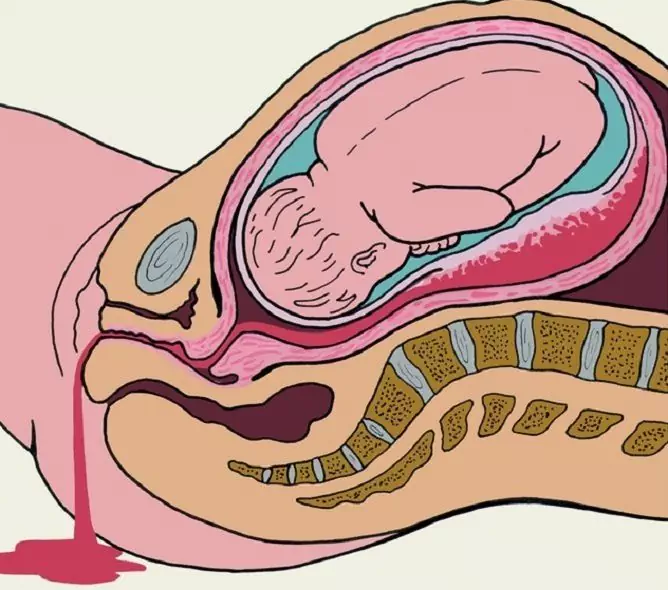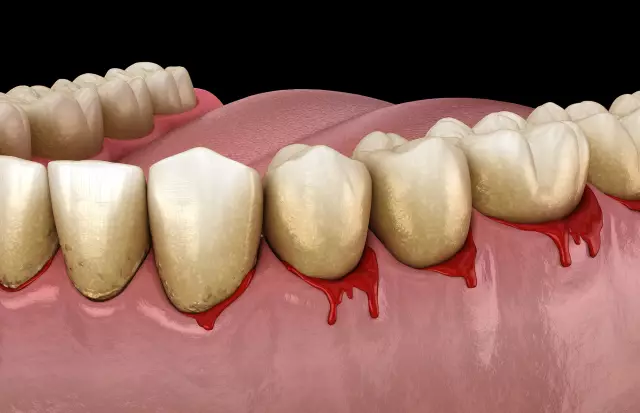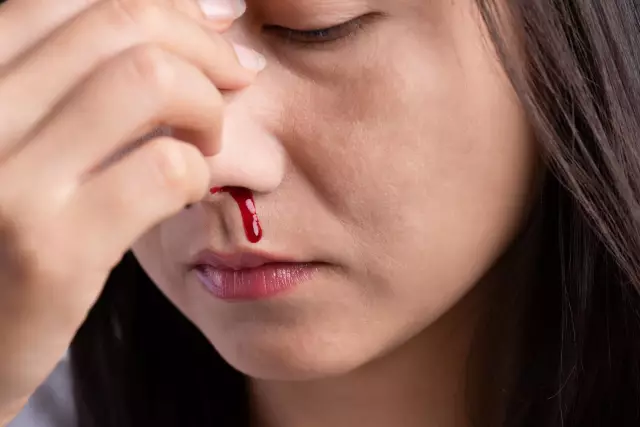- Author Rachel Wainwright [email protected].
- Public 2023-12-15 07:39.
- Last modified 2025-11-02 20:14.
Post-abortion bleeding
Bleeding after an abortion can be caused by various complications, inflammatory and pathological processes after surgery, therefore it requires immediate treatment and hospitalization.

Causes and symptoms
Bleeding after an abortion can cause complications after surgery, diseases of the uterus and pathological processes in the ovaries.
After an abortion, blood clots appear after 30-35 hours and are a discharge that is similar to menstruation. Within 2-4 days, the amount of discharge is reduced, they become thick and brown. Post-abortion bleeding usually stops within 10-12 days.
After an abortion, bleeding may not be observed for several days, and then it may appear for the following reasons:
- genital infections;
- unsuccessful operation and complications after it;
- taking hormonal drugs;
- heavy physical activity;
- stress and overwork;
- obesity;
- adherence to a strict diet;
- change of climate and time zone;
- blood diseases and clotting disorders.
The appearance of blood clots after an abortion can be caused by the effect of anesthetic drugs on the functioning of the uterus. After a vacuum abortion, there may be discharge caused by an infection.
In some cases, bleeding after an abortion may appear due to a bleeding disorder. In the absence of proper treatment, disseminated intravascular coagulation syndrome develops. This pathology is provoked by incorrectly inserted instruments during surgery and hyperosmolar solutions.
The main symptoms of bleeding after an abortion are discharge of various thicknesses, pain in the lower abdomen, headache, pallor of the skin, dizziness, weakness and hypotension, nausea and vomiting.
Diagnosis of bleeding after abortion
If, after an abortion, bleeding from the genitals, then you need to visit a gynecologist and undergo a diagnostic examination. In the first days after surgery, there may be bloody discharge with residual fetal tissue, as well as minor bleeding caused by damage to the vaginal walls with surgical instruments.
The duration of non-dangerous bleeding after an abortion is determined by the gynecologist in accordance with the patient's indications. The duration of bleeding depends on the duration of the termination of pregnancy and the duration of hormonal changes.
To identify the causes of bleeding after an abortion, it is necessary to consult a gynecologist, oncologist, endocrinologist and therapist. The medical commission prescribes the following diagnostic procedures:
- general, clinical, biochemical and blood test for hormones (progesterone, thyroxine, estrogen, cortisol, etc.);
- Analysis of urine;
- genital swabs;
- ultrasound examination of the uterus;
- vulvoscopy;
- electroencephalography;
- vaginoscopy;
- biopsy of the cervix;
-
puncture of the vagina;

Complications after an abortion - blood clots and abdominal pain - hysterosalpingography.
Treatment of uterine bleeding after abortion
For successful treatment of bleeding after an abortion, you should immediately contact your doctor. The main treatment depends on the cause of the discharge. In case of stress and overwork, sedatives and psychotherapy are prescribed, and in case of hormonal disorders, a course of hormonal therapy is required.
If, after an abortion, bleeding from the uterus due to infection and the inflammatory process caused by it, then antibacterial and anti-inflammatory drugs are prescribed. For severe pain, analgesics can be taken.
For severe bleeding after an abortion, physical therapy can help, including electrophoresis, electrical stimulation, and magnetotherapy.
Found a mistake in the text? Select it and press Ctrl + Enter.






